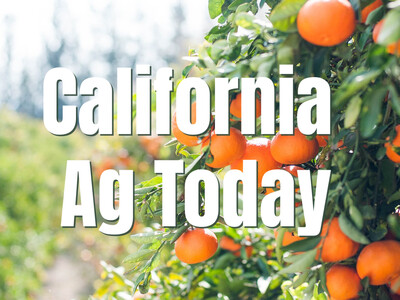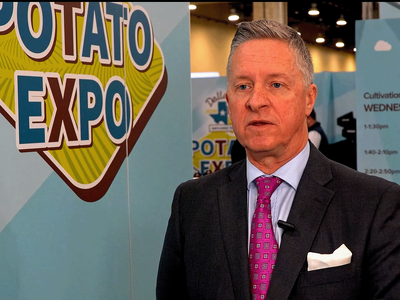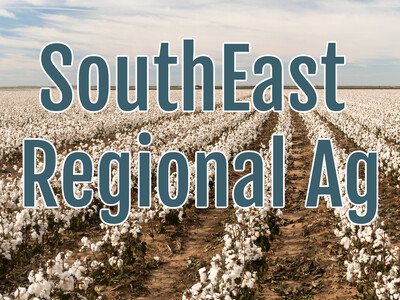Safe Food & Wind Sweet Spot
Safe Food & Wind Sweet Spot plus Food Forethought. I’m Greg Martin with today’s Northwest Report.
Agriculture Secretary Tom Vilsack has been taking a lot of questions lately regarding the recent events in Japan and the effect it may have on exported food products to the U.S.
VILSACK: Well I know there are many questions American’s might have about the terrible tragedies in Japan and I want to reassure the American public that at this time we have no reason to suggest that any of our meat, poultry, dairy or processed egg products are unsafe for consumption due to the recent events in Japan. Our imports from Japan are quite limited and what we do import must meet the safety standards of this country. We are monitoring and inspecting imports to assure compliance with those standards.
The State of Idaho is making a big deal about the potential for wind energy in the state. Even Gov. C.L. "Butch" Otter has weighed in, bragging how Idaho has the "raw materials in abundance, with hydropower, geothermal, wind, solar and biomass." But all that glitters or flutters in the breeze is not gold. On Monday, a House committee spent a second day listening to impassioned testimony on a measure to cancel all new wind development for the next two years. Meanwhile, Idaho Power Co., along with its allies succeeded in derailing a separate measure to extend a 6 percent sales tax rebate for alternative power developers while negotiations over a compromise continue.
Now with today’s Food Forethought, here’s Lacy Gray.
Finally, an official ruling that may actually prove beneficial to Oregon farmers. In response to the pleas of farmers in the Willamette Valley, who have literally been overrun and had their crops decimated by invasive Canada geese, federal and state officials have agreed to allow farmers to hunt Canada geese on non-hunt days from now until June first. Canada geese have been an on going and ever growing problem for farmers in this area for a considerable length of time now. The agreement comes at a time when the goose population in the valley alone has reached astronomical proportions, between two hundred eighty thousand and three hundred thousand; far above the original estimate of one hundred eighty-five thousand. Traditional hazing techniques are just not effective when it comes to the increasing problem of large groups of resident geese, geese who have chosen rural ag sites as traditional brood rearing and molting sites due to the close proximity of an abundant food source, an “all you can eat buffet” as it were. Canada geese are perhaps lovely to look at, but a pest nonetheless; a pest that can now be dealt with accordingly.
Thanks Lacy. That’s today’s Northwest Report. I’m Greg Martin on the Ag Information Network.














